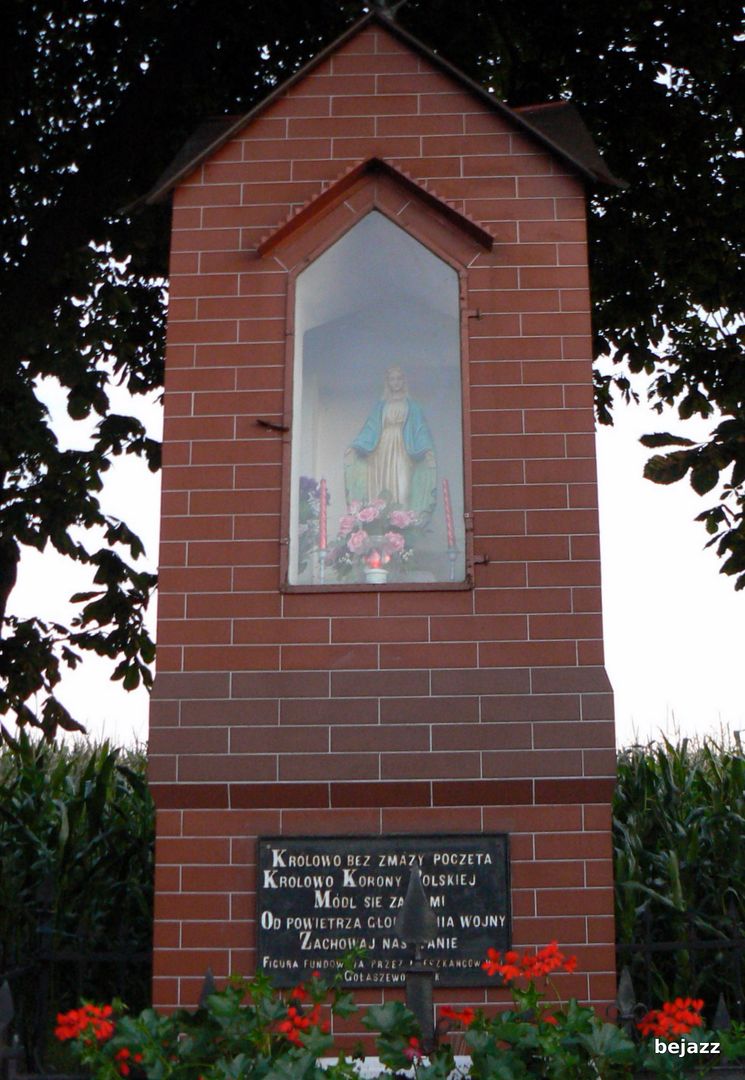Gołaszewo
6.67

Overview
Gołaszewo is a village in the Kuyavian-Pomeranian Voivodeship, within Włocławek County, in the gmina (municipality) of Kowal. It boasts a rich history, with the first written records dating back to 1392. Over the centuries, the settlement went through various stages of development, holding both agricultural and commercial significance due to its strategic location near historic communication routes, such as the Warsaw road. The village's architecture is characterized by traditional, modest buildings made of brick, clay, and wood, often thatched with straw. Over time, particularly in the 20th century, the buildings became more diverse, and the village gained importance thanks to transportation resources, such as the railway.
Gołaszewo also played a role in Polish history, witnessing numerous events, including armed conflicts during the Polish-Swedish wars and both World Wars. The village's history is linked to important figures as well as social organizations, such as the Union of Polish Youth and the Rural Housewives' Circle, which helped integrate the local community. During World War II, the village suffered destruction, and its residents lived under German occupation, which led to deportations and terrorist actions by the occupiers. After the war, a process of reconstruction and modernization began, accompanied by subsequent agricultural reforms and the development of infrastructure, including the electrification of the village.
In the following years, Gołaszewo, as part of the Kowal gmina, continued to develop and adapt to a changing reality, despite various challenges. An interesting fact is that the village initially had a varied administrative structure, which was accompanied by a change in the settlement's name when the railway stop was introduced, before the name Gołaszewo Kujawskie was ultimately established. Today, Gołaszewo is a dynamic community where traditions are cherished by its residents, and infrastructure continues to develop.
Location
2025 Wizytor | All Rights Reserved